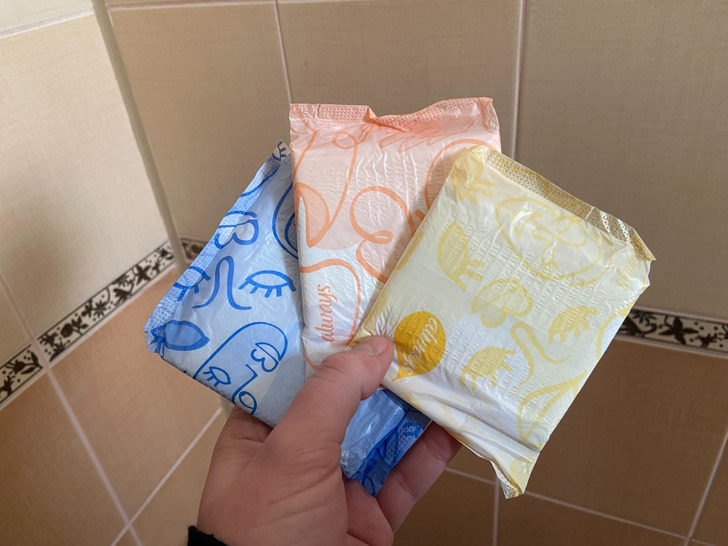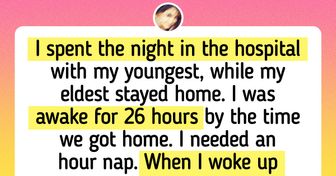15 Times Grandparents Were the Quiet Heroes Family Needed


We tend to believe in certain myths that are decades old. But scientists make new discoveries every day and often refute the beliefs we think are true, including those about women’s bodies.
According to this myth, when a group of women gets together — whether that be in the same house or office — their cycles align. Scientists have been studying this theory since 1971 and eventually have come to the conclusion that this is nothing but a coincidence.
These numerous studies have been unable to prove that women synchronize with each other. The possible reason for this myth can be the fact that most women’s cycles are 28 days long.

Sanitary pads and tampons are not sterile. If they are stored incorrectly, bacteria can multiply inside. Cotton can grow mold, for example.
Even if these products look normal, it’s best not to use them after their expiration date. Their average shelf life is 5 years.
Many women tend to avoid swimming in the pool, river, or sea while on their period, or they always use tampons at this time. However, according to obstetricians and gynecologists, you can safely swim without a menstrual cup or a tampon, as this is in no way harmful to your health.
Moreover, swimming, as well as other physical activities, can make you feel better. However, it’s worth using tampons if you plan to swim in a public pool and don’t want to get the water or your swimsuit dirty.
Some women feel embarrassed when buying sanitary pads in public. However, it’s worth remembering that menstruation is a natural bodily process, and buying sanitary products is as normal as buying toilet paper.
Menstrual cups are advertised as an environmentally friendly, hygienic, and cheap alternative to pads and tampons. However, according to gynecologists, some women can’t use cups due to the anatomy of their body. They may feel uncomfortable using a cup and, if so, it’s best for them to opt for tampons or pads.

There are many scary stories online about how tampons can be dangerous, and they are not always false. It is true that the use of tampons can lead to toxic shock syndrome (TSS). But this is a very rare disease that develops when certain kinds of bacteria enter the body.
The likelihood of TSS is greatly reduced if you use tampons according to the instructions on the packaging, meaning you should change a tampon at least every 8 hours and follow the rules of hygiene.

Packs of sanitary pads usually have a picture of drops that indicate the absorption capacity of the pads. One drop means that the pads have minimal absorbency while pads with 5 drops or more are designed for heavy discharge.
But regardless the number of drops on the packaging, you need to change pads at least every 4 to 8 hours. And you may need to do this even more often in hot weather or during physical activities.
Pantyliners are designed to keep you fresh throughout the day and your underwear dry and clean. But according to gynecologists, you don’t have to use them daily.
It’s best to use them on certain occasions, for example, during the last days of your period or a long trip. But it’s worth avoiding scented pantyliners because they can mess up your pH balance.
The normal age for menopause is 42–58 years. It turns out that for some women 35 years old is the middle of the reproductive period, while for others it is the end of it.
So, for example, Angelina Jolie in an interview admitted that she had a menopause at 39 years old — this age is considered early. But the actress Susan Sarandon had it at 54 years old, which is considered late.
By the way, many people believe in other myths. For example, misconceptions about sports. Recently, we decided to find out which common facts about running are actually false, and we have been in vain to believe in them for years.











